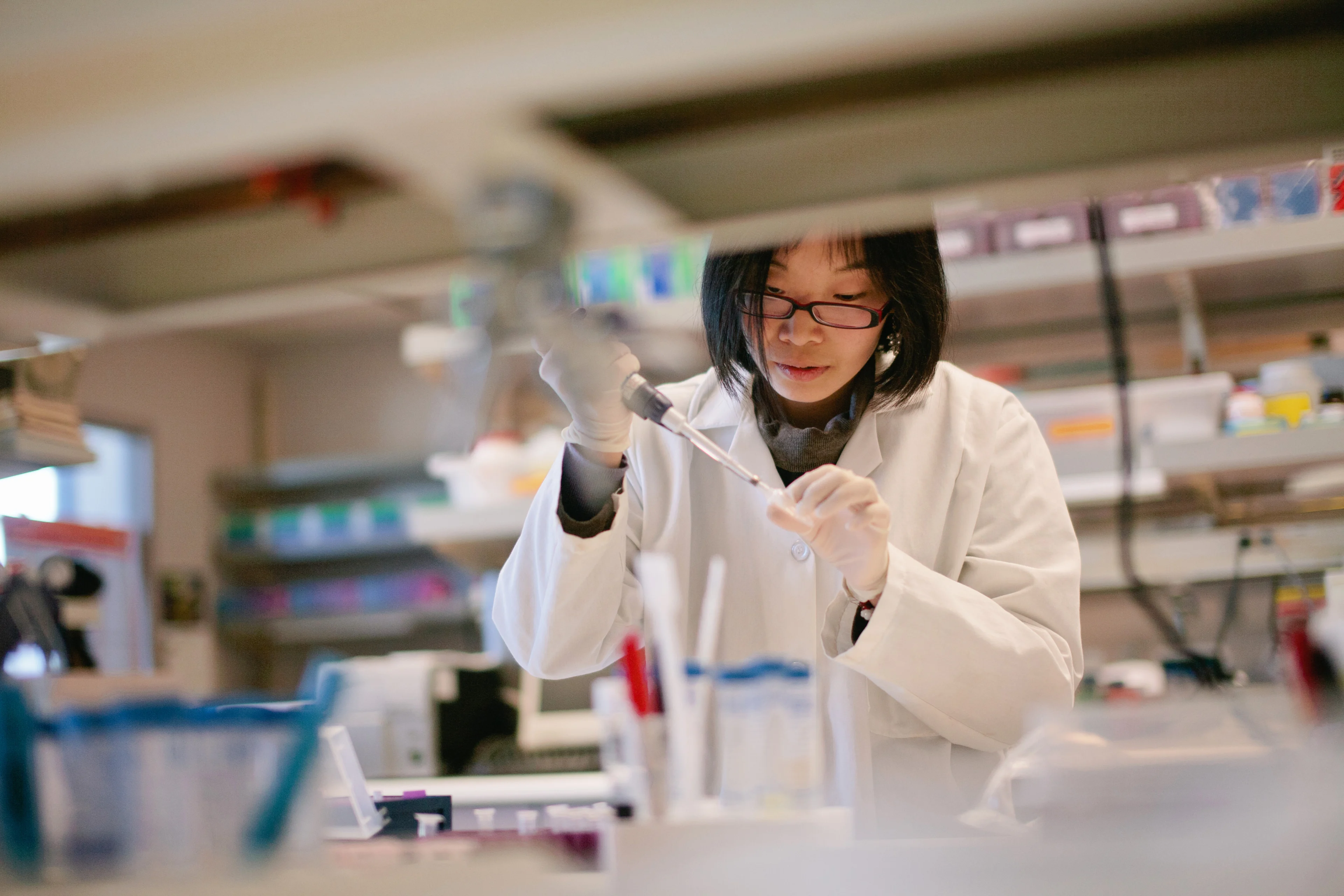Recommendations from Teva on implementing a real-time monitoring solution throughout the global pharma supply chainx
Matthew Roberts, Vice President, Head of Global Supply Chain Logistics at Teva, discusses their decision to move to Controlant's real-time Cold Chain as a Service® visibility solution for its primary and secondary distribution.

Q: Why did you choose to implement a real-time monitoring solution in your supply chain?
A: The answer is in the title: real-time. It's becoming clear that putting a USB stick in three months after a problem might have happened in a far place in the world is not the greatest solution. For us, we want to know more quickly when there's an issue.
Secondly, with real-time monitoring, there's a chance to get ahead of problems, to stop something from becoming a major problem and mitigating the risk to Teva.
Q: What are the added benefits of using real-time as opposed to receiving data after a shipment is complete?
A: We’re six months into the roll-out and there have already been approximately 30 shipments that have had problems averted because of real-time monitoring.
Last week, we saved one of our major products going into Brazil. The product, which is one of our most expensive and most critical vaccines—a biosimilar—was at a customs warehouse, and there was a problem with the room. We were alerted and were able to take action. So far, we’ve had two of those batches saved because of real-time monitoring.
We have also been able to negotiate cheaper marine cargo insurance because what we're doing is being more proactive.
Q: What kind of feedback have you received internally since your roll-out began?
A: My organization is the biggest user of it, and so far they love it, it's much better. So far we've heard nothing negative. I can only take that as a vote of confidence.
Q: Can you tell us how you've been implementing real-time?
A: We had it in one site and one lane and expanded that site to cover all lanes. Now, we're systematically going to all sites—mainly in Europe at the moment—and then rolling it out. We have a small team that works with Controlant to work with the sites as to what we're going to do and roll out that way. We want to make sure we train people in the US, then in LATAM and Asia, and they can become the trainers as we roll out into those countries.
Q: Can you speak to the data ocean that Controlant is putting together? Where do you see it headed and how can Teva benefit?
A: We want to get the value out of sharing information across the industry. I think this is something that we need to do for the industry. It's not something that we own ourselves. We think this is something that, as a pharmaceutical industry group, the more pharmas that use Controlant, the more data points we get, and that will benefit the industry as a whole. You need the data to change, and it's not something that happens overnight.
Q: What types of data/metrics are the most important to you?
A: For us, it's about keeping it simple as much as possible and continuous improvement. We're never going to completely eradicate the temperature issues, but we want to mitigate those risks by using the best solution.
We've got metrics, are we getting better or worse? Real-time monitoring helps us paint a picture. Things that would have been incidences six months ago are no longer incidences. It's hard to pinpoint some of those metrics because by getting ahead of some of these, they're not even getting to a major or minor problem. It's a big piece that gives us visibility and control.
(This Q&A was originally featured in the 2020 LogiPharma benchmark report, Customer Centricity Through Visibility.)


